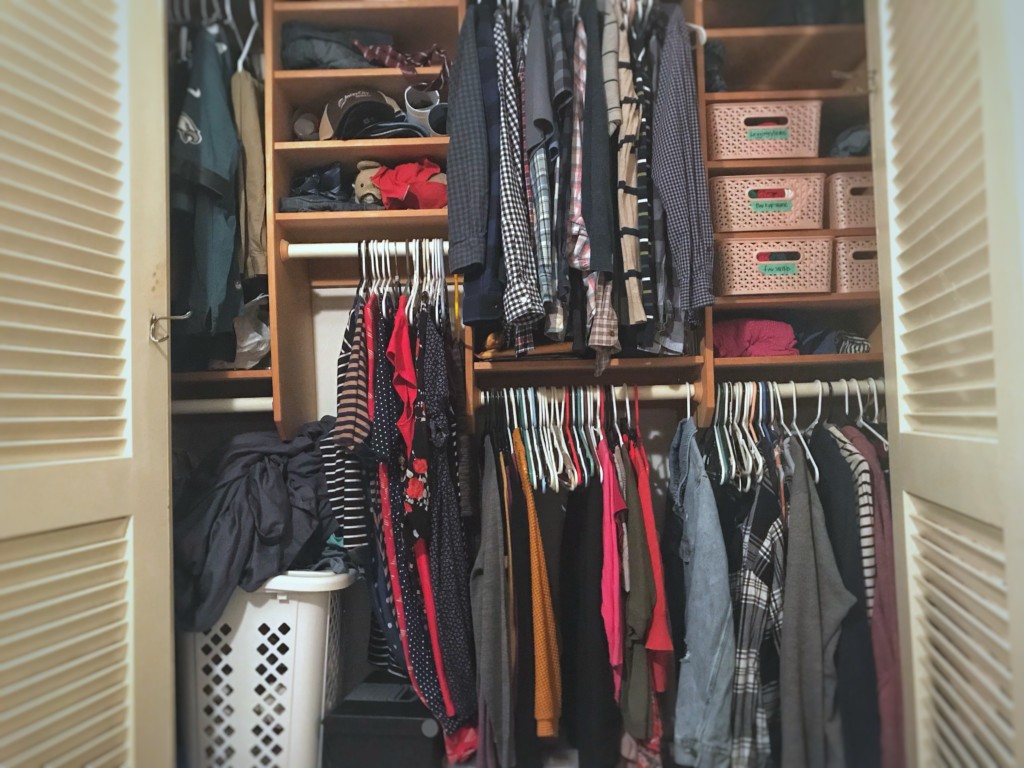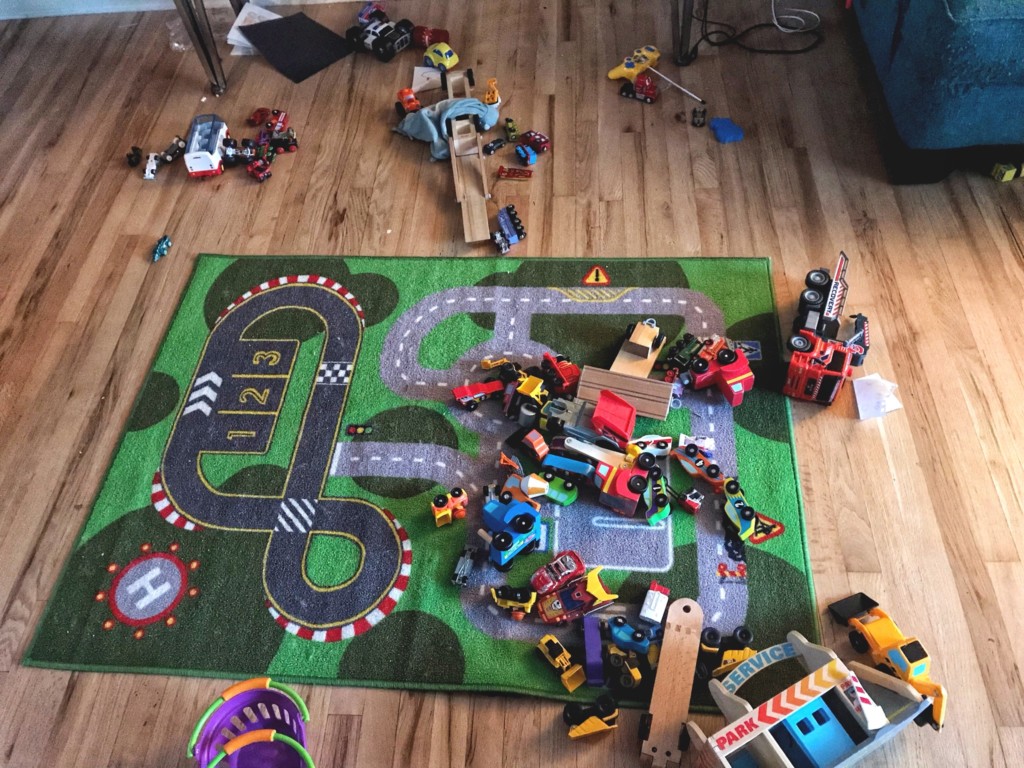Do you have access to a Netflix account? Then you have definitely watched Tidying Up with Marie Kondo. If only for a little bit, out of curiosity for why your friends have been trying to balance pairs of folded pants on their sides, we know you’ve seen it. Maybe you even got a head start, reading Kondo’s bestselling book a few years back. Either way, it’s undeniable that the KonMari Method has once again swept the nation and filled thrift stores with heaps of joyless clothing. But “life changing?” I don’t think so.

Don’t get me wrong. I’ve been motivated to clean my closet, too. Watching a show like Tidying Up, it’s easy to be reminded that your closet has become a receptacle for sweaters you forgot to return, pants that have gone out of style, shirts you like but haven’t worn since college, and in my case, hidden candy that the Easter Bunny couldn’t fit in his baskets four years ago. Yes, there are ways Marie Kondo has inspired positive change in my house and in the houses of countless others, but there are many facets to her method that have me wondering in what world she’s living.
Marie Kondo is a tidying enthusiast; an extremist. She uses extreme terms like “life-changing magic” to describe tidying up in her book’s title, after all (Though she purports weight loss and skin-clearing to be among tidying up’s effects, which would truly be magical.). Even “joy” is an extreme word, when you think about it. It’s an emotion stronger than happiness. And while animism is more normalized in Western cultures, how do we so easily anthropomorphize our belongings to the point that they can make us feel actual joy? Well, no time to think about that because you have to hold every single item you own and immediately decide between joy and the trash can.

In my house, there are myriad other categories, including “worthless piece of garbage that I hate, but my kid will lose his mind if it’s not right here tomorrow,” and “cost a lot of money so maybe we can convince the kids to like it,” as well as “maybe this will fit next summer” and “extremely uncomfortable, but cute.” Do those items spark joy? Of course not, but it doesn’t mean they don’t hold value. I can appreciate a good decluttering, but as a thrifty parent, I can’t quite get on board with tossing everything we don’t love right at this moment.
As with any self-help guru’s advice, just remember to take it all with a grain of salt. Besides, despite what Kondo believes, the same thing doesn’t make us all happy. For example, being able to say things like, “Eh, leave it. They’ll just mess it up again tomorrow,” and watching Netflix with my husband instead of tidying? THAT brings me joy.
If you believe in the life-changing magic that Marie Kondo brought to all of her clients on her show (who definitely don’t have deeper-rooted issues than clutter, right?), then go for it. My house has three children and will never be free of clutter, and I don’t mind. I know where to find what I need and how to do a quick, mildly satisfying coverup job when we’re having guests over. That’s close enough to joy for me.

















YES! This. I’ll never be clutter-free and I am just about 100% ok with that 🙂